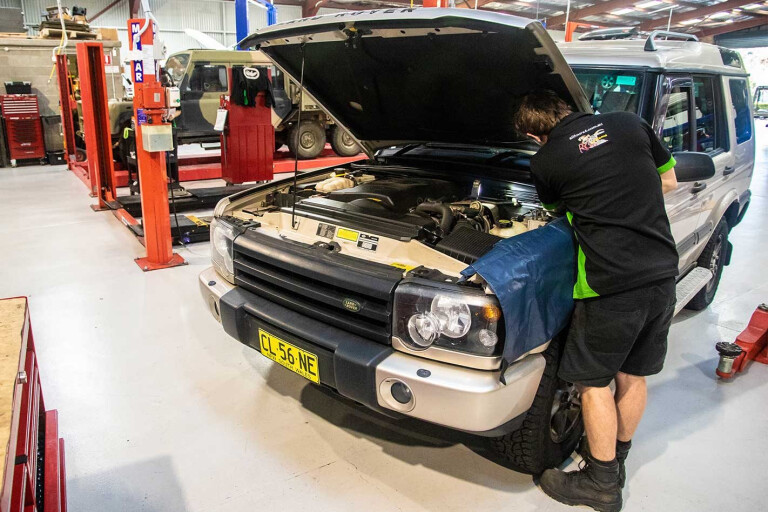
IT’S BEEN a busy few months for the mobile gold brick, with a couple of big drives down to the NSW far south coast, as well as a slightly closer amble to Fraser Stronach’s stomping grounds in the NSW southern highlands.
Lots of on-road kays has seen impressively low fuel-consumption; I even managed 1100km out of one tank (the Disco has a 95L jobbie) on a return haul to Tathra and back to Sydney via freeway/highway routes… and still no oil leaks.
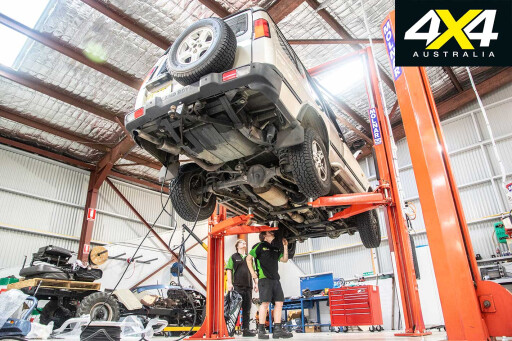 The modification process has been lengthy, but that’s been my fault as I do way too much research and ask way too many questions before fitting anything to the Disco. Plus, my budget ain’t huge, so every accessory fitted has to offer plenty of bang for bucks.
The modification process has been lengthy, but that’s been my fault as I do way too much research and ask way too many questions before fitting anything to the Disco. Plus, my budget ain’t huge, so every accessory fitted has to offer plenty of bang for bucks.
One thing that’s been on the top of my accessory list is a Dual Battery Management System (DBMS). For anyone considering a camping trip of longer than a weekend, an ice-filled Esky simply won’t cut it when it comes to keeping food and drinks fresh and cold. A fridge/freezer is the only way to go, and it (and any other power-dependent accessories) needs power, hence the need for an auxiliary battery.
Piranha Off Road has been producing top-notch 4x4 electrical products (and loads of other gear) for more than 30 years, with owner Al Johnson and his team highly regarded when it comes to products that work exceptionally well – a direct result of Al’s passion and his many decades of off-road touring experience, where he gets to see equipment working ‘in the field’.
Al suggested the DBE140SF dual battery management system for a number of reasons. “That particular unit is designed and manufactured right here in Australia” he said. “It has a 140amp input capacity, which effectively means you can run up to a 140amp alternator, which will suit most 4WDs. The DBE140SF allows the use of the surplus capacity of the alternator, which can be up to 40 amps or more.”

Al highlighted the fact the unit is controlled by a micro-processor that protects the starting battery from the auxiliary unit, as well as any accessories powered by it.
“That unit uses spike and surge protection, therefore it protects any electronics on the car that are connected to that unit or are connected to that circuit, which is really important because people are now using things like iPads and GPS navigation,” he said. “The stereo system is more than just a radio now; it’s a whole interface thing that works with your mobile phone, so protecting the car from surges and spikes is very important.”
There’s also a safety aspect to the choice of unit. “It has current-limiting built into it, as well as a separate fuse,” Al elaborated. “So, in terms of safety, if ever there was a motor accident or something happened, you’ve got two ways that it will turn itself off. It will shut itself off internally, and it’s also got the fuse as a secondary means of protection, so it won’t reset, which is really good.”
Fitment
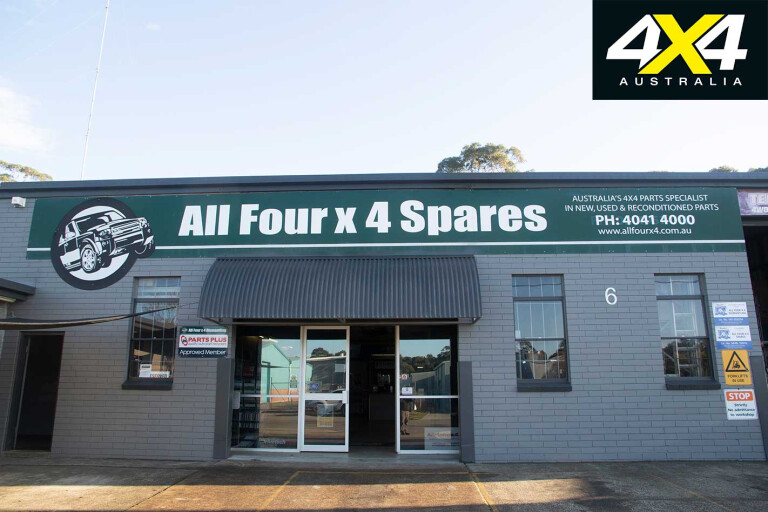
Al had no hesitation in recommending the NSW Piranha Off Road distributor, All Four X 4 Spares, for the fitment of the system. So I left Sydney’s northern beaches at sparrow’s fart one weekday morning for the two-hour jaunt north to Kotara, where I met All Four X 4 Spares’ general manager, Peter Harris.
In a total stroke of good fortune, All Four X 4 Spares is not only a top-notch off-road business that services and fits accessories to all 4x4s, it specialises in Land Rovers.
After a walk around the large premises and seeing what the 64-strong team does (as well as all the servicing and fitment of accessories, All Four X 4 Spares runs a vehicle wrecking and spare parts business) I was introduced to Mick ‘Swanny’ Swan, who would be doing the installation.

As it happened this would be his first ever Disco 2 DBMS install and, despite the reputation of the Landy’s Lucas electrics, he wasn’t nervous at all, just busting to get stuck into it.
The first task was to fit the included battery tray, which fit snugly into the back of the engine bay. From here it was just a matter of finding a location for the isolator on the other side of the engine bay – midway along and roughly halfway between the starting battery and auxiliary – and then drilling the holes for fitment.
The isolator runs two LED lights on it, which allows you to check how the system is going, with different light and flashing sequences denoting the main battery charge. The lights denote when/whether it is charging the auxiliary, whether it has less than 12.8V, if the auxiliary is overloaded (in which case the isolator disconnects the auxiliary and only reconnects when safe), over-voltage warning, and any fault within the vehicle electrics. Yep, it’s bloody smart.
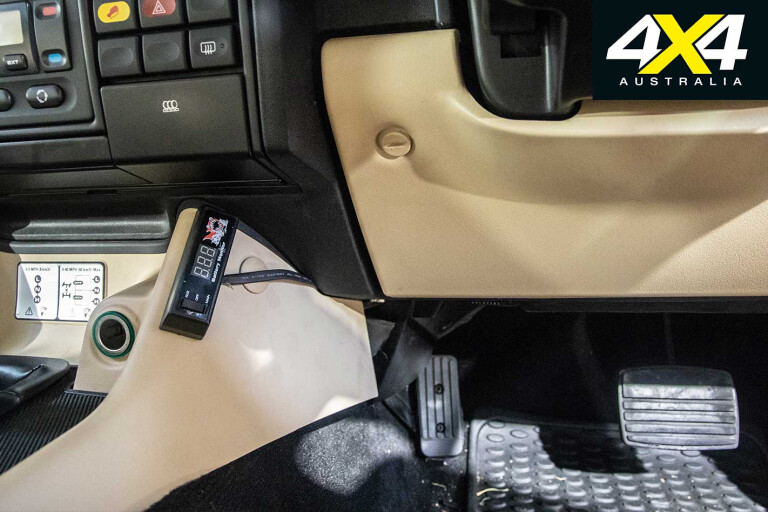
If that’s not enough, Swanny fitted a DBM3D in-cabin monitor down beside the centre console, so I can keep an eye on battery levels. The isolator itself is tough, thanks to its ABS nylon casing and, cleverly, recessed terminals – an example of smart and practical design.
“The terminals are recessed on the front of it,” Al explained. “So if anybody ever drops a spanner across it, it is unlikely to short anything out. Many products on the market have exposed terminals, which means if mechanics are working on the car, drop a spanner or drop a screwdriver – bang – there’s a big flash and you blow everything up.”
With plans to run a fridge/freezer, and keen on charge points when camping, the next step was to route cabling from the auxiliary back to the rear cargo area. Swanny’s first minor problem was deciding whether to run the cable inside the vehicle beneath the trim, or along the Disco’s chunky chassis rails.

The chassis won out in the end, as there were cables/wires already running along there, and the final routing point ran back up through the floor of the cargo area.
I was a bit nervous when all the cargo area interior trim was pulled apart for access, but he did a sterling job getting it all back together. As well as a cool 12V and twin-USB charge point at the rear, Mick also ran an Anderson lead through to the rear – again, neatly finished – for direct connection to the fridge/freezer (I scored my old man’s ARB 40-litre unit) once it is fitted. I was impressed by the thick gauge of cabling used, which is chosen for use during the install for a very good reason.
“Because they (the cables used on these isolators) are running in a four-wheel drive, it is double-insulated cable,” says Al. “So it’s not just an ordinary one layer of insulation and conductor on the inside; there are two layers of insulation.”

Along with the cable, Piranha Off Road uses a fuse box with standard fuse blades; another example of Al and the team knowing what works in the bush – and how to minimise the chances of a delay in your trip, or worse, a complete stop to it.
“We use a special fuse box that uses standard blade fuses,” Al elaborated. “We don’t use glass fuses; we use the standard automotive fuse you can buy anywhere in Australia, which is really important because if you do have a problem with a fuse blowing there’s nothing worse than thinking ‘Shit, I have got to put a screwdriver in there, or a nail’. We’ve got the right size fuses and they’re commonly available.”
The Piranha Off Road system also runs an individual fuse for each line, which means that if the unfortunate happens when you’re out in the bush, it is far easier to diagnose the problem.
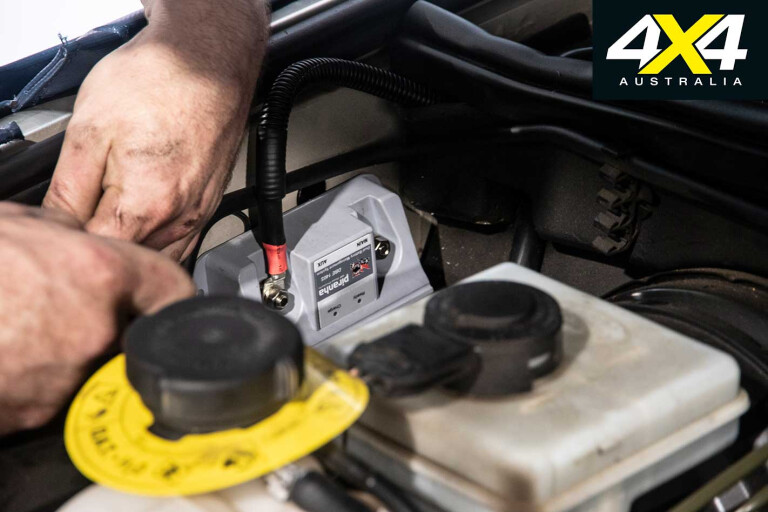
Fitting the DBMS to the Discovery was a big job – close to 10 hours by the time I bid Peter, Swanny and the rest of the All Four X 4 Spares team goodbye and pointed the Disco south to Sydney – but a fantastic one, with all cabling neat and the in-cabin monitor keeping me up-to-date all the way home.
Look for a long-term update on the Piranha Off Road DBE140SF in a future issue of 4X4 Australia.
4x4 Shed Log: 2003 Land Rover Discovery TD5
Current mileage: 140240km
Date acquired: Apr 2016
Price: $15,000
Mileage this month: 1300km
Average fuel consumption: 9.8L/100km

COMMENTS